
This blog post outlines how to create your own CAS functions using the CAS Language. It also includes a partial list of both CASL built-in and common functions for reference.

This blog post outlines how to create your own CAS functions using the CAS Language. It also includes a partial list of both CASL built-in and common functions for reference.

To reference CAS tables using a one-level name we will issue two statements that alter which libref houses the tables referenced as one-level names.
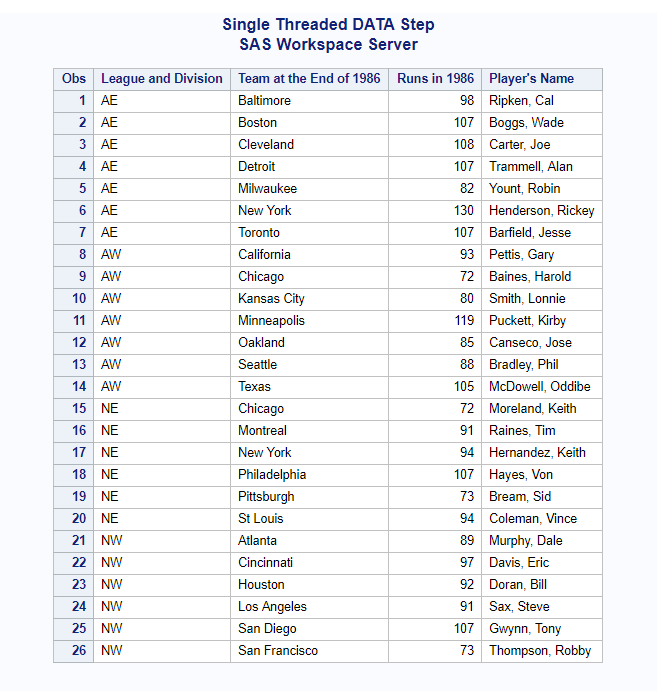
DESCENDING BY Variables in DATA Step Code that Runs Distributed in SAS Viya
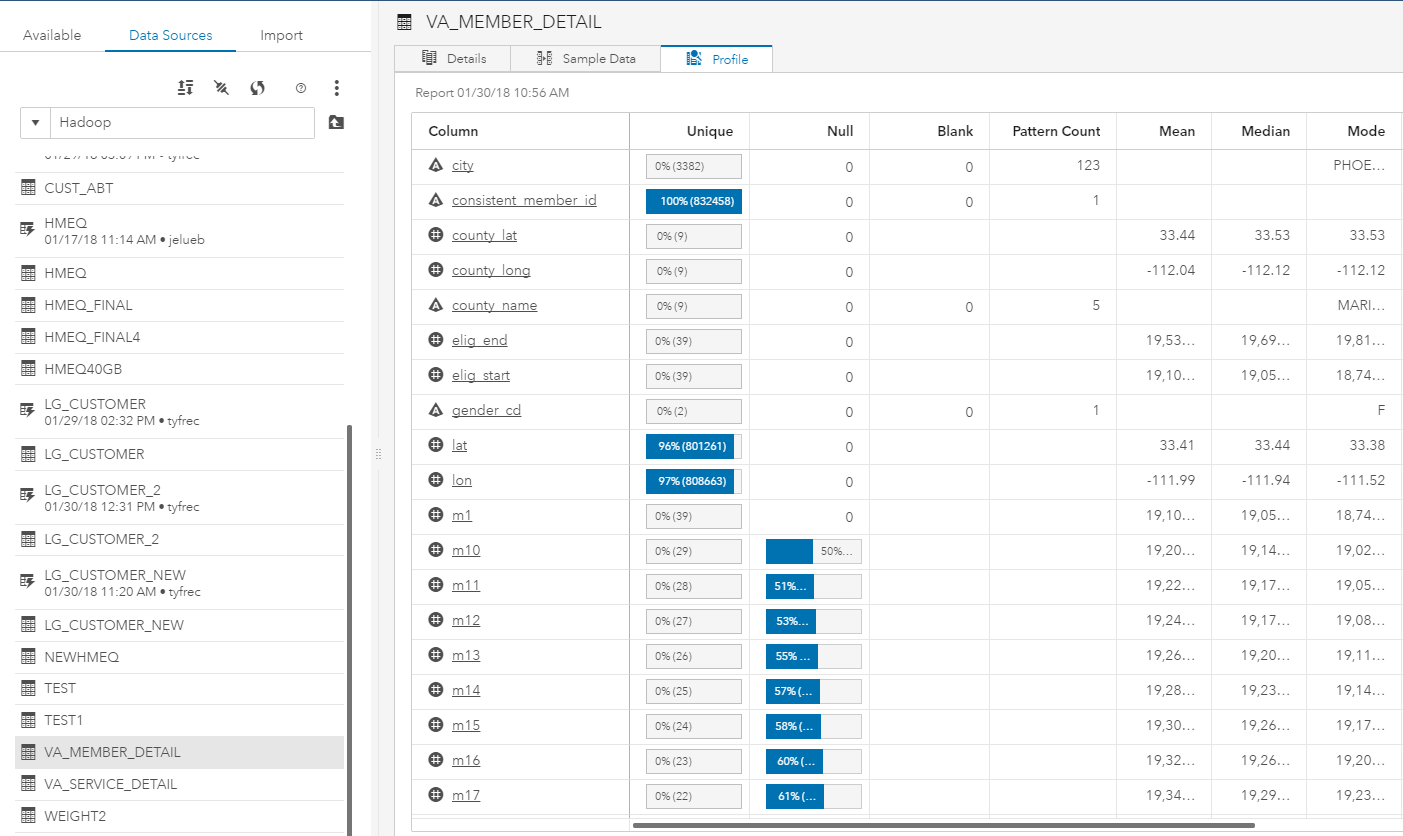
With the release of SAS Viya 3.3, you now have the ability to pass implicit SQL queries to a variety of SQL data sources, including Hive. Here's what happens as users write SAS compliant SQL code.

Here are some new tips for masking. The new EU General Data Protection Regulation (GDPR) requires your company to implement (quote) all necessary technical and organizational measures and to take into consideration the available technology at the time of the processing and technological developments. So, how can you comply with

You work with data. Data about your customers. It's likely that your customers' identity could be determined from the data you’ve collected. Starting in May 2018, a new data protection law will be in effect. This means you’re going to have to document which technical measures you’ve implemented to prevent your
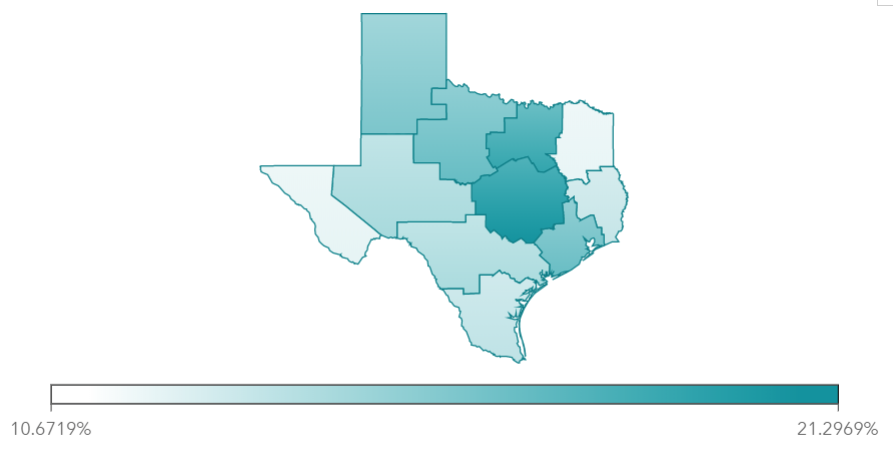
Are you interested in using SAS Visual Analytics 8.2 to visualize a state by regions, but all you have is a county shapefile? As long as you can cross-walk counties to regions, this is easier to do than you might think. Here are the steps involved: Step 1 Obtain a

If you have worked with the different types of score code generated by the high-performance modeling nodes in SAS® Enterprise Miner™ 14.1, you have probably come across the Analytic Store (or ASTORE) file type for scoring. The ASTOREfile type works very well for scoring complex machine learning models like random
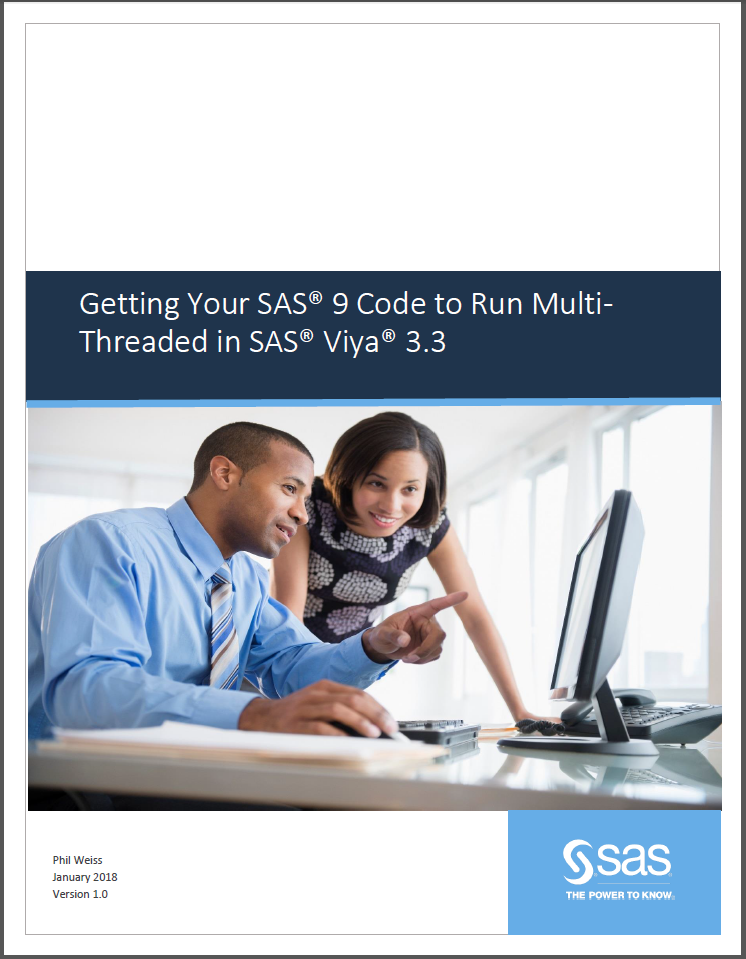
This article and accompanying technical white paper are written to help SAS 9 users process existing SAS 9 code multi-threaded in SAS Viya 3.3. Read the full paper, Getting Your SAS 9 Code to Run Multi-Threaded in SAS Viya 3.3. The Future is Multi-threaded Processing Using SAS® Viya® When I first began

One of the most exciting features from the newest release of Visual Data Mining and Machine Learning on SAS Viya is the ability to perform Market Basket Analysis on large amounts of transactional data. Market Basket Analysis allows companies to analyze large transactional files to identify significant relationships between items.
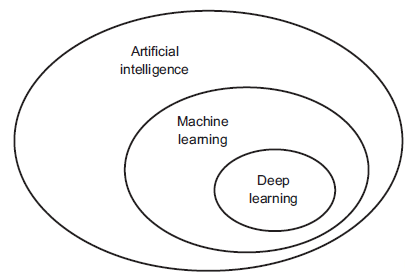
In the current artificial intelligence (AI) media storm, the deep learning hype is especially strong. Let's explore how these terms relate and why they're so hot right now. First, deep learning is not synonymous with AI or even machine learning. Artificial Intelligence is a broad field which aims to "automate cognitive processes."
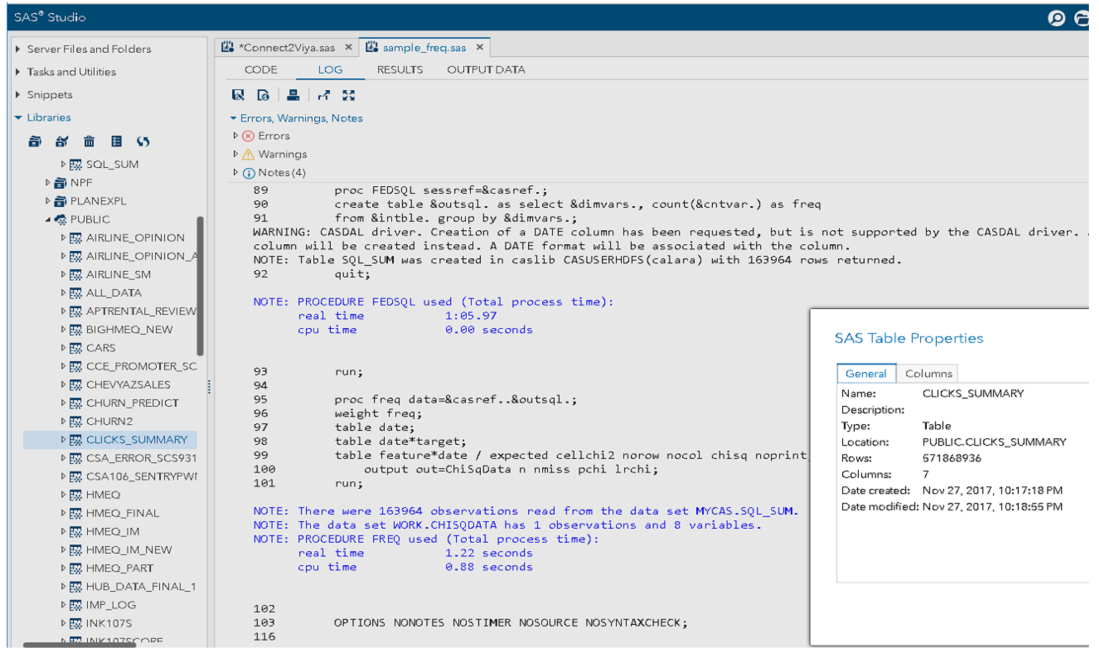
PROC FREQ is one of the most popular procedures in the SAS language. It is mostly used to describe frequency distribution of a variable or combination of variables in contingency tables. However, PROC FREQ has much more functionality than that. For an overview of all that it can do, see
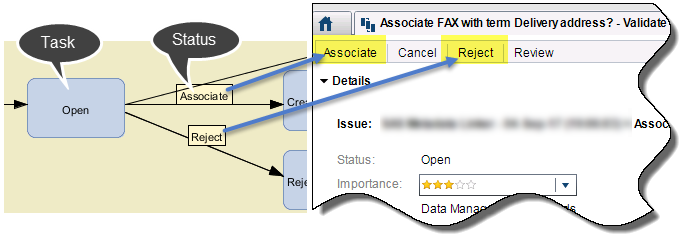
With SAS Data Management, you can setup SAS Data Remediation to manage and correct data issues. SAS Data Remediation allows user- or role-based access to data exceptions. Last time I talked about how to register and use a Data Remediation service. This time we will look at how to use
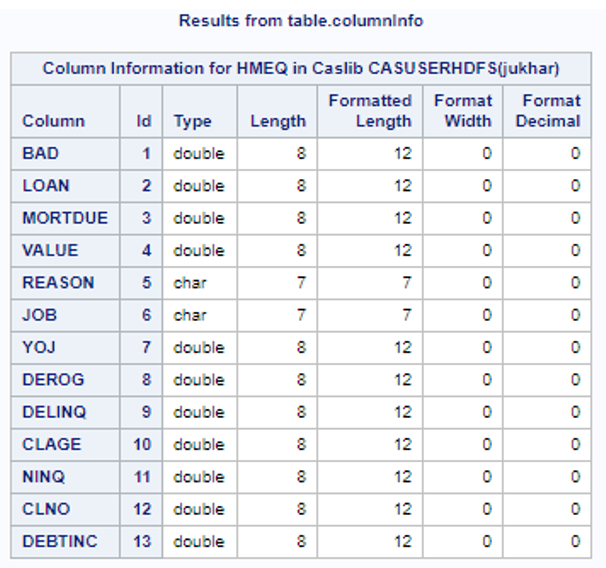
The CAS procedure (PROC CAS) enables us to interact with SAS Cloud Analytic Services (CAS) from the SAS client based on the CASL (the scripting language of CAS) specification. CASL supports a variety of data types including INT, DOUBLE, STRING, TABLE, LIST, BLOB, and others. The result of a CAS

Dementia describes different brain disorders that trigger a loss of brain function. These conditions are all usually progressive and eventually severe. Alzheimer's disease is the most common type of dementia, affecting 62 percent of those diagnosed. Other types of dementia include; vascular dementia affecting 17 percent of those diagnosed, mixed

When loading data into CAS using PROC CASUTIL, you have two choices on how the table can be loaded: session-scope or global-scope. This is controlled by the PROMOTE option in the PROC CASUTIL statement. Session-scope loaded proc casutil; load casdata="model_table.sas7bdat" incaslib="ryloll" outcaslib="otcaslib" casout="model_table”; run; Global-scope loaded proc casutil; load casdata="model_table.sas7bdat"

There are many compelling reasons existing SAS users might want to start integrating SAS Viya into their SAS9 programs and applications. For me, it comes down to ease-of-use, speed, and faster time-to-value. With the ability to traverse the (necessarily iterative) analytics lifecycle faster than before, we are now able to generate

In the digital world where billions of customers are making trillions of visits on a multi-channel marketing environment, big data has drawn researchers’ attention all over the world. Customers leave behind a huge trail of data volumes in digital channels. It is becoming an extremely difficult task finding the right
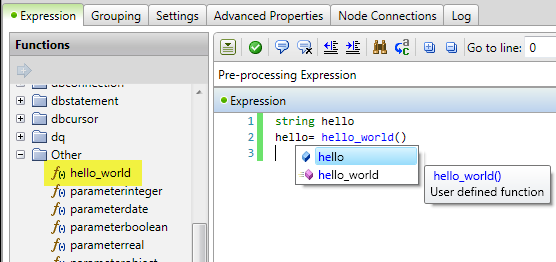
IT organizations today are constantly challenged to do more with less. Reusing data processing jobs and employing best practices in monitoring the health of your data are proven ways to improve the productivity of data professionals. Dataflux Data Management Studio is a component of both the SAS Data Quality and
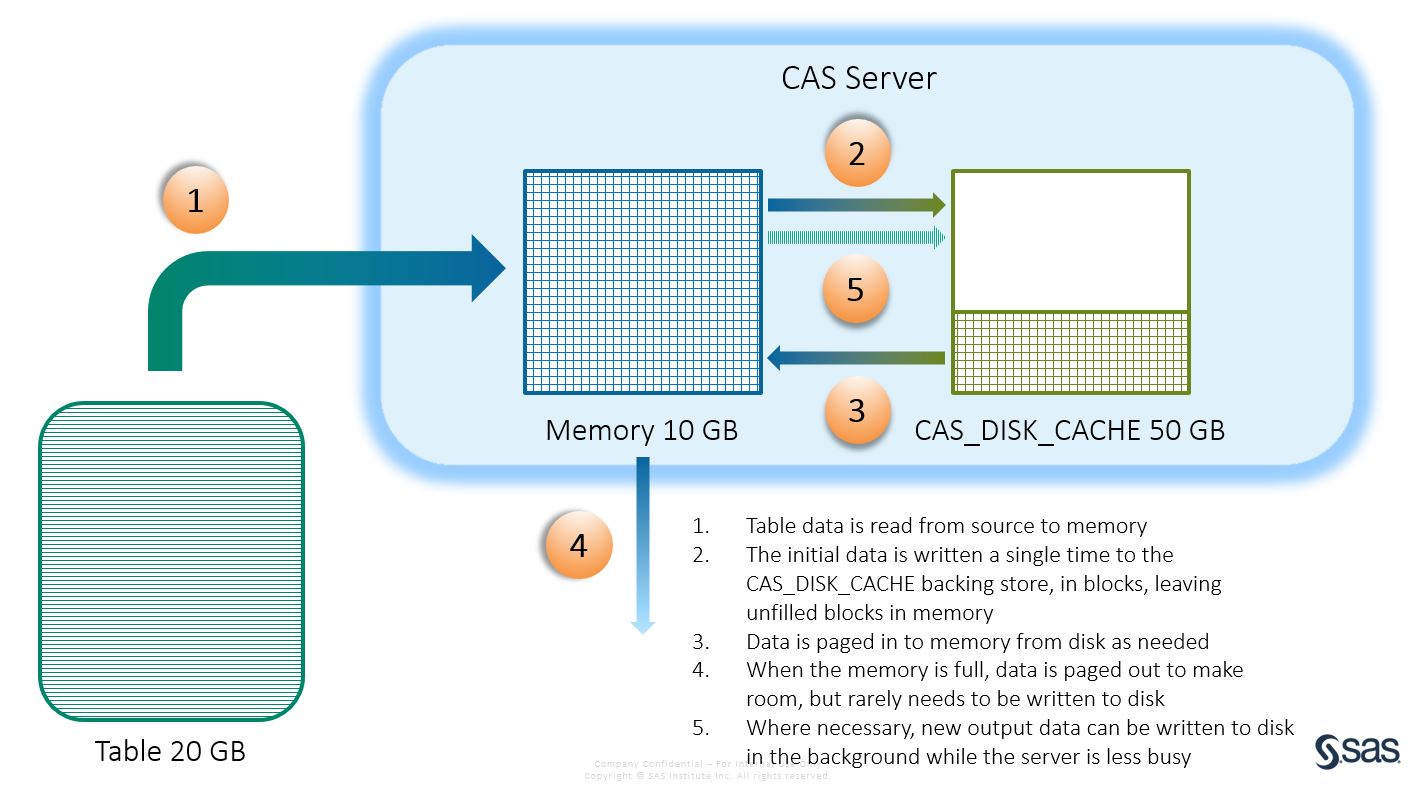
As SAS Viya has been gaining awareness over the past year among SAS users, there has been a lot of discussion about how SAS’ Cloud Analytic Server (CAS) handles memory vs SAS’ previous technologies such as LASR and HPA. Recently, while I was involved in delivering several SAS Viya enablement

SAS Data Connector to Oracle lets you easily load data from your Oracle DB into SAS Viya for advanced analytics. SAS/ACCESS Interface to Oracle (on SAS Viya) provides the required SAS Data Connector to Oracle, that should be deployed to your CAS environment. Once the below described configuration steps for

I have been using the SAS Viya environment for just over six months now and I absolutely love it. As a long-time SAS coder and data scientist I’m thrilled with the speed and greater accuracy I’m getting out of a lot of the same statistical techniques I once used in

Editor’s note: This is the third in a series of articles to help current SAS programmers add SAS Viya to their analytics skillset. In this post, Advisory Solutions Architect Steven Sober explores how to accomplish distributed data management using SAS Viya. Read additional posts in the series. In my last article I

Editor’s note: This is the second in a series of articles to help current SAS programmers add SAS Viya to their analytics skillset. In this post, Advisory Solutions Architect Steven Sober explores how to accomplish distributed data management using SAS Viya. Read additional posts in the series. This article in the SAS
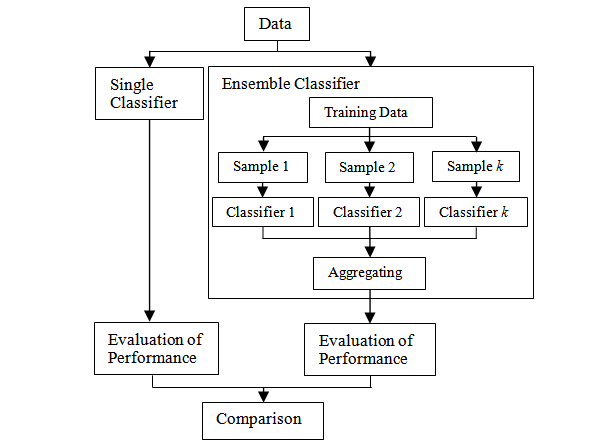
Ensemble models have been used extensively in credit scoring applications and other areas because they are considered to be more stable and, more importantly, predict better than single classifiers (see Lessmann et al., 2015). They are also known to reduce model bias and variance (Myoung - Jong et al., 2006;
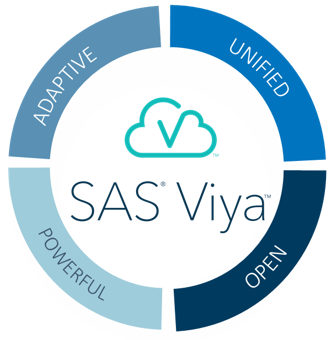
SAS® Viya™ 3.1 represents the third generation of high performance computing from SAS. Our journey started a long time ago and, along the way, we have introduced a number of high performance technologies into the SAS software platform: In-Database processing where SAS data quality and analytical processing occur within the

The title of this post borrows from Stanley Kubrick’s 1964 comedy “Dr. Strangelove or: How I Learned to Stop Worrying and Love the Bomb.” It stars the great Peter Sellers as the titular character as well as George C. Scott and Slim Pickens. The black and white film is strange
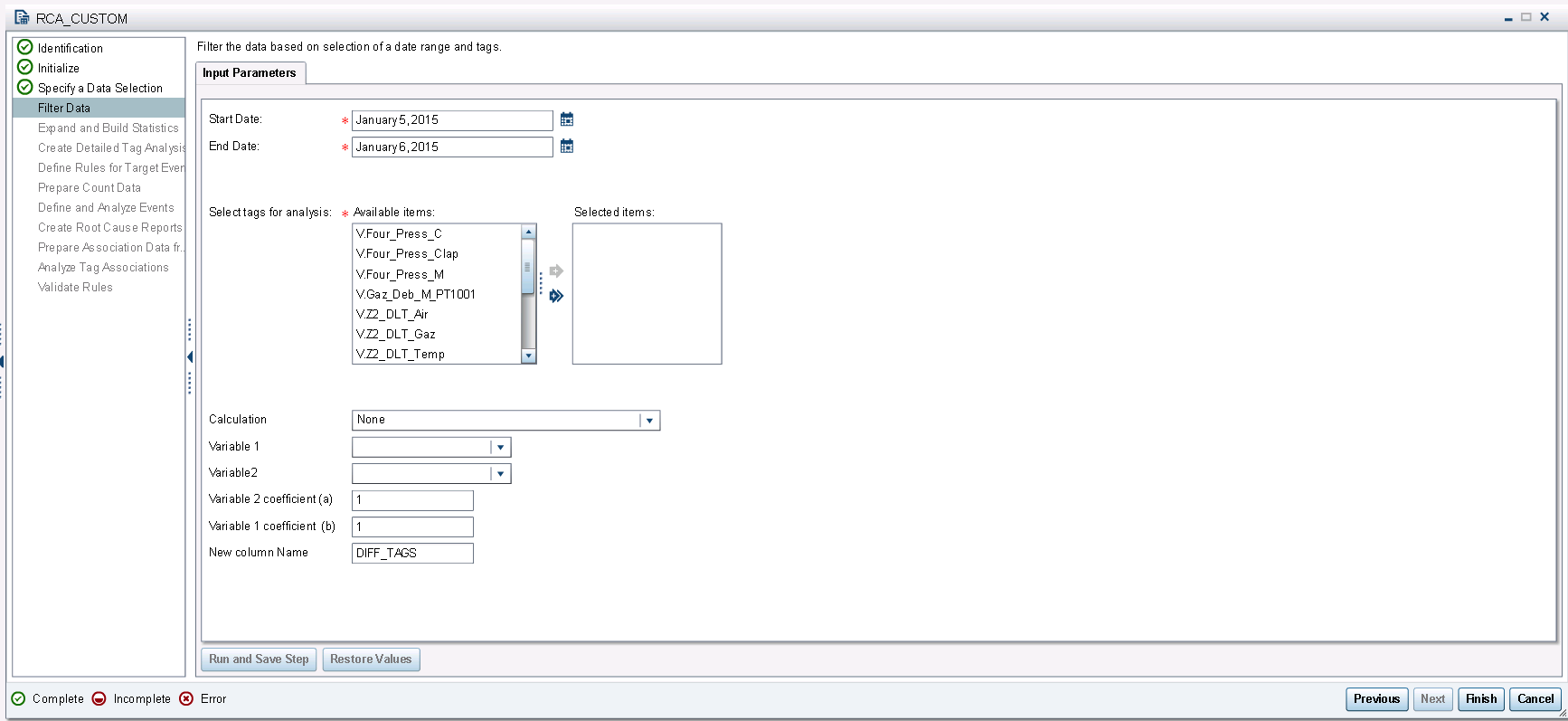
During a recent customer visit, I was asked how to include a calculated variable within SAS Asset Performance Analytics’ (APA) Root Cause Analysis workflow. This is a simple request. Is there a simple approach to do this? To remind you, in the APA workflow, an ETL Administrator makes a Data
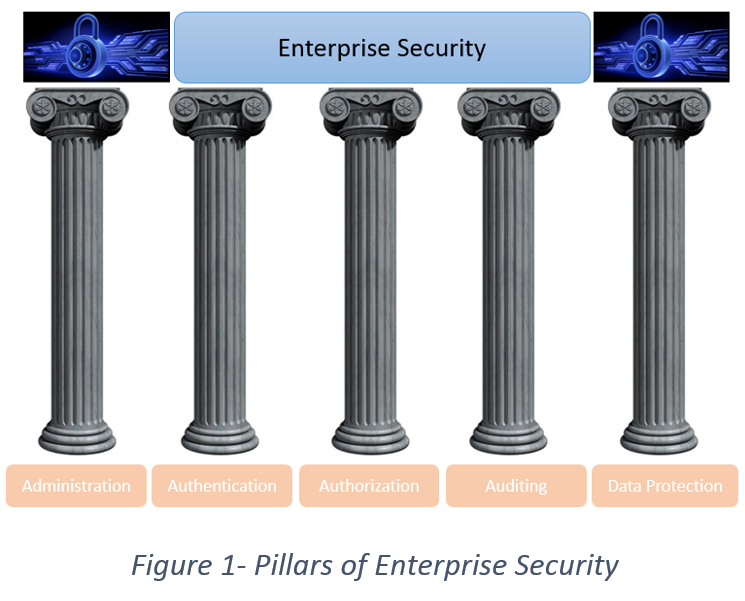
Nearly every organization has to deal with big data, and that often means dealing with big data problems. For some organizations, especially government agencies, addressing these problems provides more than a competitive advantage, it helps them ensure public confidence in their work or meet standards mandated by law. In this
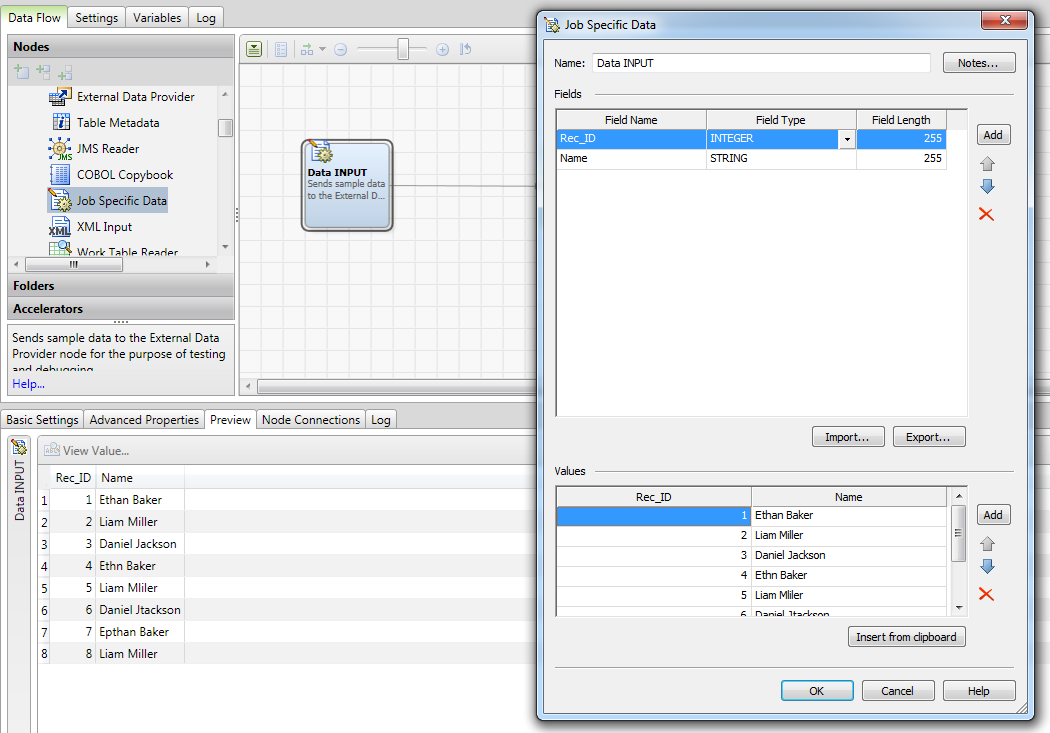
We all have challenges in getting an accurate and consistent view of our customers across multiple applications or sources of customer information. Suggestion-based matching is a technique found in SAS Data Quality to improve matching results for data that has arbitrary typos and incorrect spellings in it. The suggestion-based concept